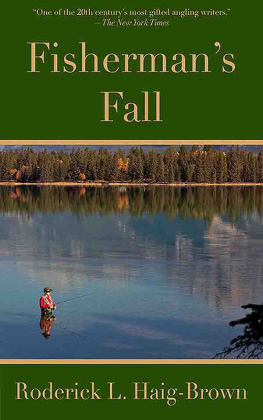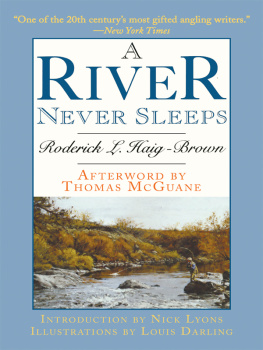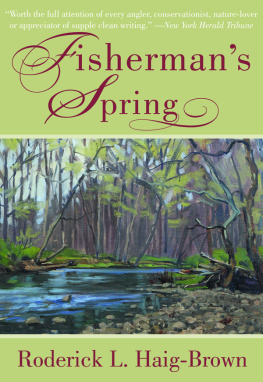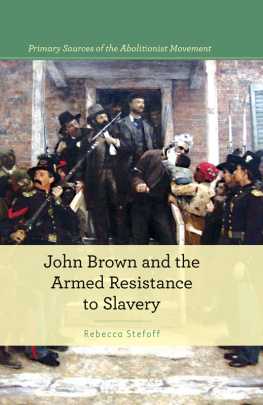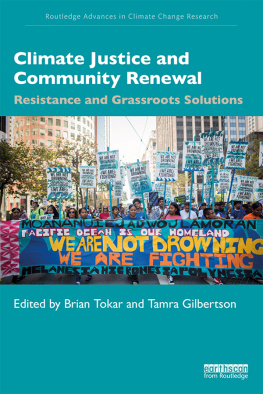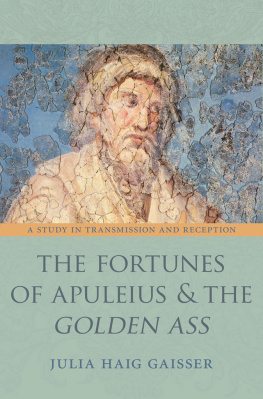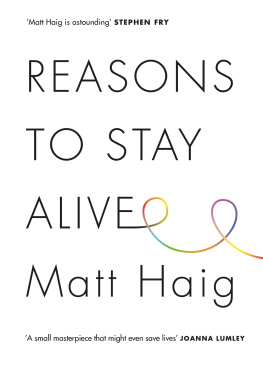Haig-Brown - Resistance and Renewal
Here you can read online Haig-Brown - Resistance and Renewal full text of the book (entire story) in english for free. Download pdf and epub, get meaning, cover and reviews about this ebook. year: 2002, publisher: Arsenal Pulp Press, genre: Politics. Description of the work, (preface) as well as reviews are available. Best literature library LitArk.com created for fans of good reading and offers a wide selection of genres:
Romance novel
Science fiction
Adventure
Detective
Science
History
Home and family
Prose
Art
Politics
Computer
Non-fiction
Religion
Business
Children
Humor
Choose a favorite category and find really read worthwhile books. Enjoy immersion in the world of imagination, feel the emotions of the characters or learn something new for yourself, make an fascinating discovery.

Resistance and Renewal: summary, description and annotation
We offer to read an annotation, description, summary or preface (depends on what the author of the book "Resistance and Renewal" wrote himself). If you haven't found the necessary information about the book — write in the comments, we will try to find it.
Resistance and Renewal — read online for free the complete book (whole text) full work
Below is the text of the book, divided by pages. System saving the place of the last page read, allows you to conveniently read the book "Resistance and Renewal" online for free, without having to search again every time where you left off. Put a bookmark, and you can go to the page where you finished reading at any time.
Font size:
Interval:
Bookmark:
RESISTANCE AND RENEWAL
Surviving the Indian
Residential School
Celia Haig-Brown, M.A.

RESISTANCE AND RENEWAL
Copyright 1988 Celia Haig-Brown &
The Secwepemc Cultural Education Society
Eighth printing: 2006
All rights reserved. No part of this book may be reproduced or used in any form by any means graphic, electronic or mechanical without the prior written permission of the publisher, except by a reviewer, who may use brief excerpts in a review, or in the case of photocopying in Canada, a license from Access Copyright.
ARSENAL PULP PRESS
#102-211 East Georgia St.
Vancouver, BC
Canada V6A 1Z6
arsenalpulp.com
The publisher gratefully acknowledges the support of the Canada Council for the Arts and the British Columbia Arts Council for its publishing program, and the Government of Canada through the Book Publishing Industry Development Program, and the Government of British Columbia through the Book Publishing Tax Credit Program, for its publishing activities.
Text design by the Vancouver Desktop Publishing Centre
Edited for the Press by Linda Field
Photos reproduced with the permission of the Kamloops Museum & Archives
Printed and bound in Canada
LIBRARY AND ARCHIVES CANADA CATALOGUING IN PUBLICATION
Haig-Brown, Celia, 1947
Resistance and renewal: surviving the Indian residential school
Bibliography: p.
Includes index.
ISBN 0-88978-189-3
1. Indians of North America British Columbia Education. 2. Indians of North America Canada Education. 3. Shuswap Indians Education. 4. Kamloops Indian Residential School. 5. Residence and education. I. Title.
E96.5.H34 1987 371.97970711 C88-091037-2
ISBN 13 978-0-88978-189-4
To all the people whose stories
are still untold.
The research for Resistance and Renewal was conducted between December 1985 and June 1986. For the First Nations people who attended them, residential schools have always been an issue. But back then, they werent talking openly about what the schools meant to them. The stories often remained hidden in memories, either because they were too painful to articulate, or because of the belief that that was just the way things were.
Since 1986, many more stories have surfaced. Books such as those by the Ojibway Basil Johnston and Oblate Thomas Lascelles augment and complicate our understandings of Canadian residential schools. Conferences in Vancouver and Williams Lake in 1991 offered support to the many survivors of residential schools who sought a safe environment in which to present their experiences and call for government and church response. Courses for band planners and social service workers now include components which focus on the impact of residential schools on the people with whom they work. Many more books remain to be written, and many more stories remain to be told.
When I worked in the Kamloops area in preparation for this book, I hoped it would be more than an academic exercise. I wanted the time and energy First Nations people had offered me to be useful to others. If I learned my lessons well, perhaps I could put these stories in some form which would allow others to share their richhness and insight. People who were ignorant of this aspect of Canadas history might come to see what it meant for those who had experienced it.
Resistance and Renewal has had some success. It has been used in university courses from anthropology to education and history, and sells well at the Union of B.C. Indian Chiefs bookstore in Vancouver. I meet and talk with First Nations people who have read it, and many acknowledge the similarities of their experiences, whether they attended school in Fraser Lake, the Kootenays, or Port Alberni. Some ask advice about documenting their specific experiences.
The book has, of course, been criticized, particularly by those historians and sociologists who looked for a linear documentation of the students development. They did not find itthough I occasionally nodded in the direction of positivistic research. They found instead an ethnography which focussed on the fact that all the subjects shared the experience of attending the Kamloops Indian Residential School, as well as the willingness to talk about those experiences. And the people interviewed share the common experience of being First Nations people in Canada today. During the interviews, I recognized certain dominant perceptions and persistent attitudes, regardless of the time of the students attendance. Even those who remember the school as being their only source of food and shelter were devastated by the long-term effects of separation from family, community, culture, and language.
Resistance and Renewal has also been criticized by some First Nations people who see my work as an unwanted intervention in First Nations business. But it is important to remember that the story of the schools is one in which non-Natives played a central role. Some non-Natives said these stories are essential for all people who want to know the history of Canada. The Latin American Jewish feminist, Judith Moschkovich, says that it is not the duty of the oppressed to educate the oppressor. People should find and read existing materials, she says, so that when the opportunity arises, they can engage in informed conversations with those whose voices have been too long excluded from mainstream histories. I think of the strength and commitment of the people with whom I spoke, those who gave me pieces of their lives to put on paper for others to read. Together we had hoped that we could contribute to a more complete understandingand ultimately to more equitable treatmentof First Nations people.
The structure of the book makes a clear distinction between what the people said to me and my interpretations. That is important for those who would search for other possibilities within the words. On the other hand, I find the interpretation I chose as appropriate and as useful now as I did then.
Sexual abuse in residential schools has become a major focus of court action and therapeutic work for survivors. It has also become an endless source of stories for the media. People did talk to me about abuse, usually after the tape recorder was turned off. In respect for those who did not want their words to be recorded, I included only some general statements about the abuse they mentioned. It is important to reiterate that sexual abuse is only one aspect of the assaults which the children in the schools endured. The stories we are inundated with by the mass media are coloured by sensationalism and a new-found attitude toward the prior silence of the victims. Regrettably, the sensationalism tends to isolate the abuse from a context in which First Nations languages, spiritual beliefs, and entire cultural competencies were negated. First Nations people were expected to become like non-Nativesto serve as human resources for the developing industrial Canada.
Throughout these onslaughts described in the stories which follow, the people resisted and found strength within that resistance. Aspects of their family cultures persisted, enough to build on, enough to feed the renewal process which continues through constitutional restructuring, setbacks in land claims negotiations, and the myriad of other struggles between governments and First Nations people. The gains are signficant; there is no going back. Some of the determination First Nations people now exhibit found its roots in the resistance to the invasive culture of the schools designed to annihilate First Nations cultures.
Next pageFont size:
Interval:
Bookmark:
Similar books «Resistance and Renewal»
Look at similar books to Resistance and Renewal. We have selected literature similar in name and meaning in the hope of providing readers with more options to find new, interesting, not yet read works.
Discussion, reviews of the book Resistance and Renewal and just readers' own opinions. Leave your comments, write what you think about the work, its meaning or the main characters. Specify what exactly you liked and what you didn't like, and why you think so.

